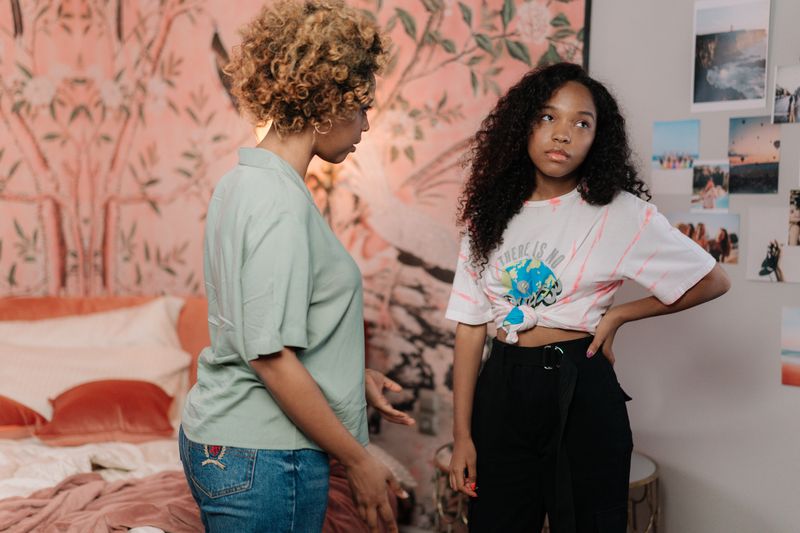Was The Blind Side’s white savior narrative built on a lie?
A recent revelation by former NFL player Michael Oher has brought into question the authenticity of the story portrayed in the book and film adaptation of “The Blind Side.” Oher alleges that the white family depicted in the film, the Tuohys, never actually adopted him and instead exploited his name and story to enrich themselves. This news has sparked controversy and renewed criticism of the “white savior” narrative that the film perpetuates.
The Allegations and Legal Battle
Oher filed a petition in Tennessee’s Shelby County, claiming that the Tuohys tricked him into a conservatorship, giving them legal authority to use his name in business deals. The petition also alleges that the family made millions of dollars from the book and film, and Oher is now seeking the termination of the conservatorship and the end of the family’s use of his name and likeness. He is also requesting an accounting of the Tuohys’ earnings and damages.
The Tuohys have denied the allegations, stating that Oher was aware of the conservatorship and accusing him of demanding $15 million from them. They claim that Oher threatened to “plant a negative story about them in the press” if they refused to pay. The family insists that the conservatorship was established to assist Oher and has not resulted in any financial gain for them.
The Impact and Controversy of “The Blind Side”
The Blind Side, both the book and the film adaptation, received widespread acclaim upon its release. The film, in particular, was praised as a heartwarming tale of compassion and resilience. However, critics argue that it perpetuates the white savior narrative, portraying Oher as reliant on the generosity of the white family to overcome his challenges.
Oher has previously spoken out about the negative impact the film had on his career, claiming that it led to assumptions and misconceptions about his abilities as a football player. He also criticized the film for portraying him as unintelligent and lacking understanding of the game.
These recent allegations add another layer to the controversy surrounding the film. If true, they raise questions about the exploitation of Oher’s story for financial gain and highlight the problematic portrayal of white charity and Black suffering in the media.
The White Savior Trope and Exploitation
The white savior trope, which The Blind Side embodies, has a long history in literature and film. It feeds into ideas of white benevolence and the belief that it is the duty of white individuals to save those who are perceived as “dysfunctional and dark ‘others’.” These narratives romanticize racism and reinforce power imbalances.
In the case of The Blind Side, the alleged exploitation of Oher’s story further underscores the dangers of the white savior narrative. It demonstrates how the assumed benevolence of white individuals can be used to exploit the experiences and stories of people of color.
Editorial and Advice
The allegations made by Michael Oher against the Tuohy family in relation to The Blind Side raise important questions about the ethics of storytelling and the responsibility of filmmakers and authors when portraying real-life individuals. While it is crucial to acknowledge the positive impact that stories like Oher’s can have in inspiring others, it is equally important to handle these stories with integrity and respect.
To avoid perpetuating harmful stereotypes and narratives, storytellers must prioritize the voices and experiences of those they depict. The white savior trope must be critically examined and challenged to ensure that stories are portrayed in a way that respects the agency and autonomy of people of color.
As consumers of media, it is essential to engage critically with narratives that perpetuate harmful stereotypes. By understanding and questioning the underlying messages of such stories, we can contribute to the demand for more nuanced and authentic portrayals of diverse experiences.

<< photo by cottonbro studio >>
The image is for illustrative purposes only and does not depict the actual situation.




